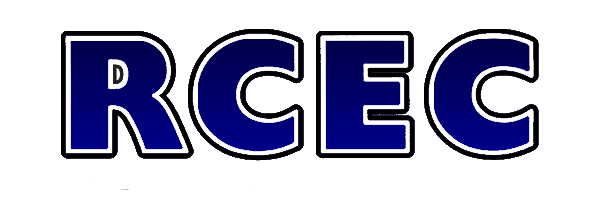Electric Cooperatives Are:
Most electric co-ops are distribution cooperatives that deliver electricity to the consumer. Some are generation and transmission cooperatives that both generate and transmit electricity to meet the power needs of distribution co-ops.
In addition to electric service, many electric co-ops are involved in community development and revitalization projects, such as small business development and jobs creation, improvement of water and sewer systems, and assistance in delivering health care and educational services.
What Makes A Cooperative Different?
Cooperatives are operated to provide at-cost electric service to the consumer-owners. By comparison, investor-owned utilities that are not co-ops are operated to maximize profit for the shareholders. A co-op's net margin above expenses and reserves does not belong to the utility; it belongs to the individual consumer-owners of the co-op. The margins must either be used to improve or maintain operations or be distributed to those who use the co-op's products or services.
- Private independent electric utility service
- Owned by the consumers they serve
- Incorporated under the laws of the states in which they operate
- Established to provide at-cost electric service
- Governed by a board of directors elected from the membership, which sets policies and procedures that are implemented by the cooperatives' professional staff
-
All cooperative businesses adhere to seven guiding principles:
Cooperatives are voluntary organizations, open to all persons able to use their services and willing to accept the responsibilities of membership, without gender, social, racial, political or religious discrimination.
Cooperatives are democratic organizations controlled by their members, who actively participate in setting policies and making decisions. The elected representatives are accountable to the membership. In primary cooperatives, members have equal voting rights (one member—a family or business is considered one vote--one vote) and cooperatives at other levels are organized in a democratic manner.
Members contribute equitably to, and democratically control, the capital of the cooperative. At least part of that capital is usually the common property of the cooperative. Members usually receive limited compensation, if any, on capital subscribed as a condition of membership. Members allocate surpluses for any or all of the following purposes: developing the cooperative; possibly by setting up reserves, part of which at least would be indivisible; benefiting members in proportion to their transactions with the cooperative; and supporting other activities approved by the membership.
Cooperatives are autonomous, self-help organizations controlled by their members. If they enter into agreements with other organizations, including governments, or raise capital from external sources, they do so on terms that ensure democratic control by their members and maintain their cooperative autonomy.
Cooperatives provide education and training for their members, elected representatives, managers, and employees so they can contribute effectively to the development of their cooperatives. They inform the general public, particularly young people and opinion leaders, about the nature and benefits of cooperation.
Cooperatives serve their members most effectively and strengthen the cooperative movement by working together through local, national, regional, and international structures.
While focusing on member needs, cooperatives work for the sustainable development of their communities through policies accepted by their members.
-
- Voluntary and Open Membership
- Democratic Member Control
- Members' Economic Participation
- Autonomy and Independence
- Education, Training, and Information
- Cooperation Among Cooperatives
- Concern for Community
-
